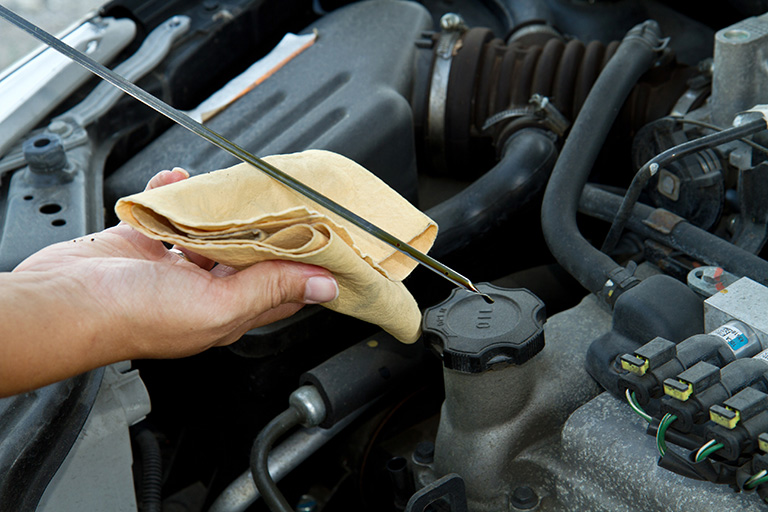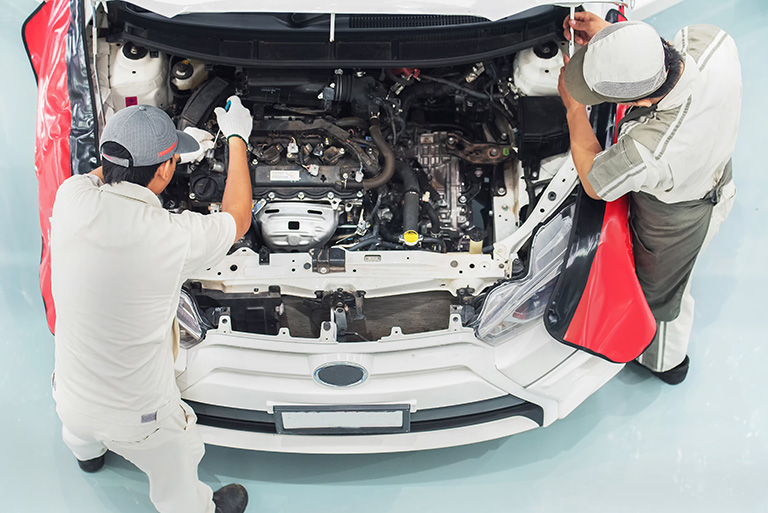
How often you need to change your oil is always a hot topic in the automotive world. And for good reason. While "every three to five thousand miles" remains a well-known rule-of-thumb, "check your owner's manual" is always the safest bet. But even breaking out your original equipment manufacturer's (OEM) guidelines can leave room for interpretation.
Why?
Because it's not just about how far you drive, but where you drive and how. Many OEMs refer to these factors as "driving conditions," categorize them as normal or severe, and offer different maintenance recommendations for each.

I'm normal, right?
Maybe. A good way to figure out if your driving conditions are normal is to compare them to what OEMs describe as severe. And you might be surprised at what severe driving can include:
- Frequent idling for long periods of time
- Stop-and-go driving in heavy traffic
- Sustained highway driving in hot temperatures
- Sustained highway driving in freezing temperatures
- Short trips (less than 5 miles) in normal temperatures
- Long-distance trips at speeds of 50mph or less
- Regular trips along steep hills or mountains
- Any trips along dusty, muddy, salted, sanded, or gravel roads
- Any trips that involve towing a trailer or a camper
- Any trips that involve transporting items via roof rack or car-top carrier
Some of these sound familiar...
You’re not alone. A recent AAA study found that only 6 percent of drivers polled said they felt like they drove mostly in severe conditions. But when asked about their actual driving behaviors, 62 percent said that their driving behaviors align with severe driving conditions all or most of the time.
So severe is normal?
Pretty much. Weather, traffic, drive-thrus, etc. are normal parts of life that can lead to severe driving conditions and that means a more nuanced, personalized approach to vehicle maintenance—including when to change your oil.

Honesty is the best policy.
Whether your driving conditions are normal or severe, maintain your vehicle accordingly. Being proactive about maintenance can increase the reliability of your vehicle, reduce the long-term costs of operating it, and boost resale value. So break out the owner’s manual (or consult your mechanic) and protect what’s under your hood.

- Valvoline does not guarantee, approve or endorse the content available on linked sites.


Don't miss out on new content
Thanks for signing up. Set your password and start earning reward points for everything you do on the site.
You already have a Team Valvoline account. Sign in here.
Did you forget your password?